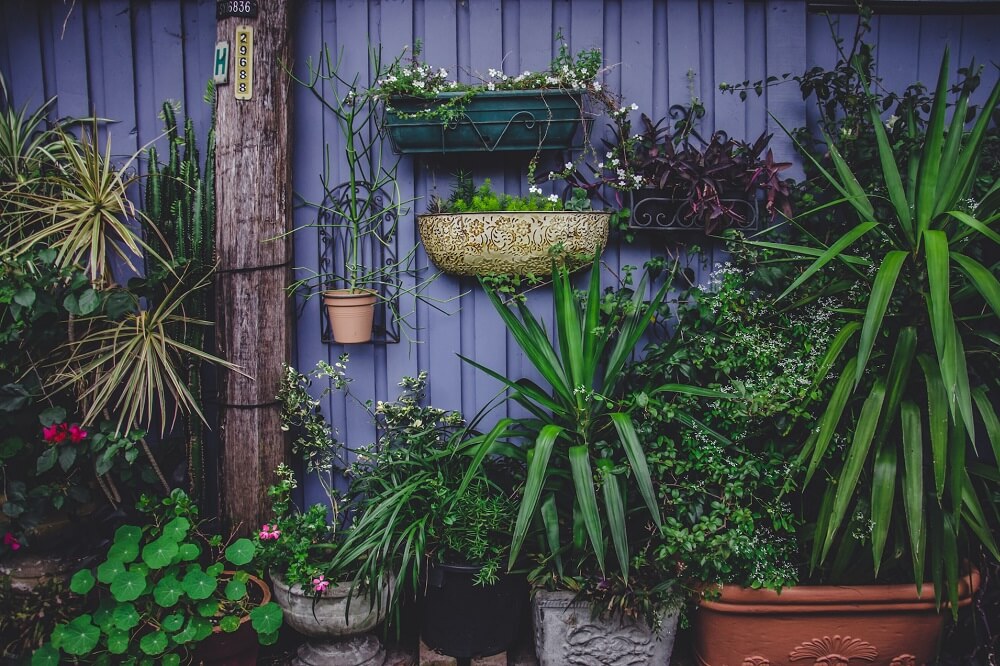 A vertical garden is a setup that allows you to grow plants vertically instead of the traditional horizontal rows and plant beds. This concept fits tighter spaces and areas where you want plants to provide shade and protection from the weather.
A vertical garden is a setup that allows you to grow plants vertically instead of the traditional horizontal rows and plant beds. This concept fits tighter spaces and areas where you want plants to provide shade and protection from the weather.
Vertical gardens have many forms. You can adapt them to your climate, available space and gardening needs. They are suitable for both residential and commercial areas. Adding one to your home can be simple, functional and fun. In this post, we take a look at what vertical gardens are and how you can add them to your home.
What is Vertical Gardening?
Vertical gardening encompasses various methods of growing plants vertically. Vertical gardening is not new, and there are records of ancient vertical gardens like the famous Babylon hanging gardens. Living walls are also a classic example of how vertical gardening has its roots early in history.
The Benefits of Interior Gardens
Here are some reasons why you should consider adding a vertical garden to your home:
- Plants improve the air quality around them, enriching it with oxygen and using carbon dioxide for photosynthesis processes. Having indoor plants is the most eco-friendly way to purify your air.
- A vertical garden uses space efficiently, allowing you to incorporate more elements into a small space. Traditional indoor gardens and pots can overwhelm a room, making the usable space feel smaller.
- Plants add beauty to any room, and humans are wired to feel good when looking at greenery. Plants can be part of your home decor, inspiring your finishes and adding life and colour to your spaces.
Types of Plants for Vertical Gardening
Certain plants fit the concept of vertical gardening better than others. For living walls, climbing plants like ivy are suitable as they will find their path upwards. Grape vines are also ideal for wire canopies and arches that provide shade, beauty and fruit.
Succulents are also a fabulous choice for vertical gardening. They don’t occupy much space, they are easy to maintain, and some have hanging branches that look amazing in a vertical setup.
Things to Consider When Adding a Vertical Garden
Before building a vertical garden, establish what type of plants and systems you want. You must consider the light source, water source and how it will be supported and anchored to the wall or space you’ve chosen.
Are Indoor Vertical Gardens Expensive?
The cost of a vertical garden will depend on how complex the setup is, how much you need to modify the existing space and how much maintenance it needs. The types of plants you decide on will also be a cost factor, as some exotic plants can be more expensive than traditional choices.
Boutique Homes and More
If you are considering adding a vertical garden to your home, our team of expert custom home builders here at Australian Heritage Homes can help. We have decades of experience in the industry and would be more than happy to help you bring your vision to life. Contact us to find out how we can help you turn your dream home into a reality.